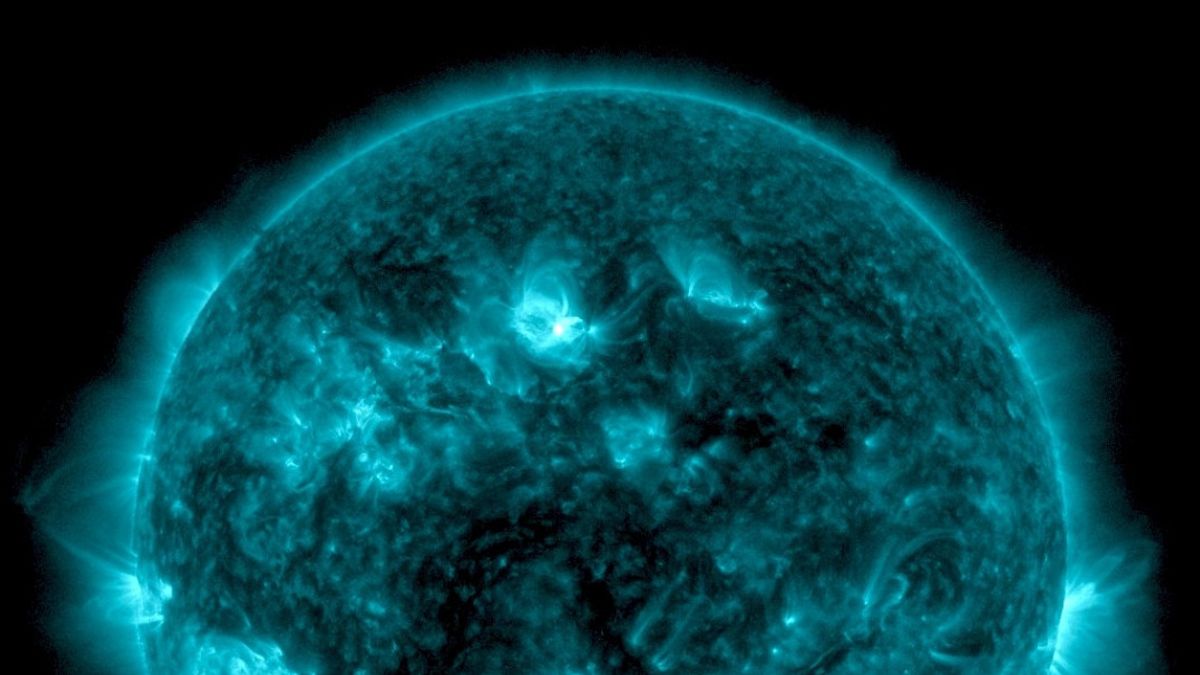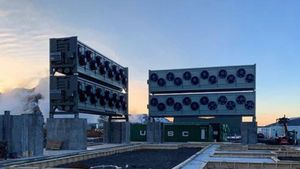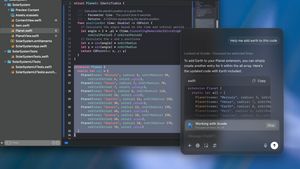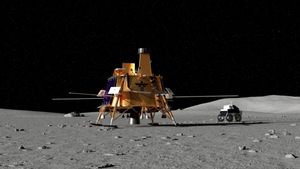JAKARTA Solar flares or solar flares constitute very large bursts of magnetic energy. Recently, several flares with the strongest categories erupted and had an impact on the Earth. The flares that erupted, according to the records of the Center for the Prediction of Space Weather in the US Oceanic and Atmospheric Administration (NOAA), were X1.3 flares and X1.2. Both erupted on May 5 of the active sunspot cluster, namely AR 3663. So far, the impact of flare eruptions has only been outages of radio waves on Earth. No other impact has yet been detected, but a continuing impact is very likely if particles from the ejection of the corona mass (CME) point towards Earth. Unfortunately, the presence of CMEs has yet to be ascertained. The UK Meteorological Office said that no CMEs were seen pointing toward Earth. However, there is a possibility of CMEs escaping and not being detected because the coronagraph technology is still very limited. When CMEs successfully enter the Earth and touch the magnetosphere, strong electric currents will flow into the power grid. When this happens, fluctuations will occur to cause power outages in some regions on Earth. In addition, electric currents that touch low Earth Orbits (LEOs) will cause disruption to space technology, one of which is disrupting the direction of satellites. Radio signals and navigation could also experience disruption due to such electrical currents.
SEE ALSO:
Previously, flare eruptions also occurred on May 3. Still in the same speckle cluster, the flare that erupted was X1.6. The impact of this eruption was quite large, namely electrical network fluctuations as well as barriers to satellites and radio signals. Until the explosion on May 5, there were nine sunspot clusters that led to Earth. Of all the speckle clusters seen, there were hundreds of sunspots and the most active were AR 3663. Since appearing on April 30, this cluster has fired dozens of flares. The eruption was quite varied and dominated by flares in class M, a smaller flare of class X. This cluster will continue to blow up flares in the future, but the impact will be much smaller as its cluster began to rotate and stay away from Earth.
The English, Chinese, Japanese, Arabic, and French versions are automatically generated by the AI. So there may still be inaccuracies in translating, please always see Indonesian as our main language. (system supported by DigitalSiber.id)


















